Get My Math текст и перевод песни
- Главная
- Agnes
- Get My Math
На странице представлены текст и перевод с английского на русский язык песни «Get My Math» из альбома «Agnes» группы Agnes.
Текст песни
Step in the club with my girls like what Lookin’ so tight and you know what’s up I meet your eyes and yours meet mine Thinking this might be your time Ecstatic, dramatic I need you like an addict Come on and jump on And make sure that your game is tight Work it, try a little harder Spit it, if you wanna roll babe Twirk it, you might get my math from me Work it, try a little harder Spit it, if you wanna roll babe Twirk it, you might get my math from me You’re doing what a real man should The way you move it feels so good Attraction boy it’s plain to see Come on baby rock with me oh yea Ecstatic, dramatic I need you like an addict Come on and jump on And make sure that your game is tight Work it, try a little harder Spit it, if you wanna roll babe Twirk it, you might get my math from me Work it, try a little harder Spit it, if you wanna roll babe Twirk it, you might get my math from me If you wanna step to me If you wanna get next to me If you wanna step to me Make sure that your game is tight Ecstatic, dramatic I need you like an addict Come on and jump on And make sure that your game us tight Work it, try a little harder Spit it, if you wanna roll babe Twirk it, you might get my math from me Work it, try a little harder Spit it, if you wanna roll babe Twirk it, you might get my math from me Work it, try a little harder Spit it, if you wanna roll babe Twirk it, you might get my math from me Work it, try a little harder Spit it, if you wanna roll babe Twirk it, you might get my math from me
Перевод песни
Шаг в клубе с моими девушками, как то, что
Смотри так плотно, и ты знаешь, что я встречаю твои глаза, а твоя встреча с моими
Думаю, это может быть ваше время
Экстатический, драматический
Мне нужен ты, как наркоман
Давай и прыгай И убедитесь, что ваша игра плотная
Поработайте, попробуйте немного сложнее
Выпейте его, если вы хотите бросить младенца
Twirk это, вы можете получить мою математику от меня Работайте, попробуйте немного сложнее
Выпейте его, если вы хотите бросить младенца
Покрутите его, вы можете получить мою математику от меня.
How I Rewired My Brain to Become Fluent in Math
I was a wayward kid who grew up on the literary side of life, treating math and science as if they were pustules from the plague.
One day, one of my students asked me how I did it—how I changed my brain. I wanted to answer Hell—with lots of difficulty! After all, I’d flunked my way through elementary, middle, and high school math and science. In fact, I didn’t start studying remedial math until I left the Army at age 26. If there were a textbook example of the potential for adult neural plasticity, I’d be Exhibit A.
Learning math and then science as an adult gave me passage into the empowering world of engineering. But these hard-won, adult-age changes in my brain have also given me an insider’s perspective on the neuroplasticity that underlies adult learning. Fortunately, my doctoral training in systems engineering—tying together the big picture of different STEM (Science, Technology, Engineering, Math) disciplines—and then my later research and writing focusing on how humans think have helped me make sense of recent advances in neuroscience and cognitive psychology related to learning.
In the years since I received my doctorate, thousands of students have swept through my classrooms—students who have been reared in elementary school and high school to believe that understanding math through active discussion is the talisman of learning. If you can explain what you’ve learned to others, perhaps drawing them a picture, the thinking goes, you must
understand it.
Japan has become seen as a much-admired and emulated exemplar of these active, “understanding-centered” teaching methods. But what’s often missing from the discussion is the rest of the story: Japan is also home of the Kumon method of teaching mathematics, which emphasizes memorization, repetition, and rote learning hand-in-hand with developing the child’s mastery over the material. This intense afterschool program, and others like it, is embraced by millions of parents in Japan and around the world who supplement their child’s participatory education with plenty of practice, repetition, and yes, intelligently designed rote learning, to allow them to gain hard-won fluency with the material.![]()
Teachers can inadvertently set their students up for failure as those students blunder in illusions of competence.
In the United States, the emphasis on understanding sometimes seems to have replaced rather than complemented older teaching methods that scientists are—and have been—telling us work with the brain’s natural process to learn complex subjects like math and science.
The latest wave in educational reform in mathematics involves the Common Core—an attempt to set strong, uniform standards across the U.S., although critics are weighing in to say the standards fail by comparison with high-achieving countries. At least superficially, the standards seem to show a sensible perspective. They propose that in mathematics, students should gain equal facility in conceptual understanding, procedural skills and fluency, and application.
The devil, of course, lies in the details of implementation. In the current educational climate, memorization and repetition in the STEM disciplines (as opposed to in the study of language or music), are often seen as demeaning and a waste of time for students and teachers alike.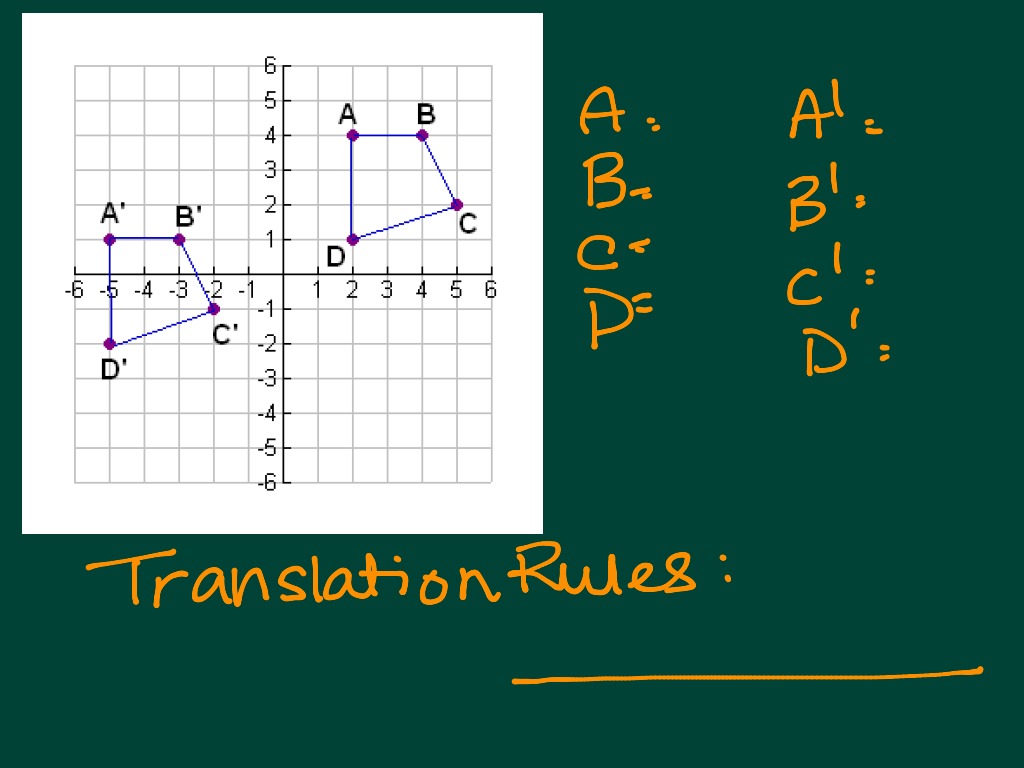
The problem with focusing relentlessly on understanding is that math and science students can often grasp essentials of an important idea, but this understanding can quickly slip away without consolidation through practice and repetition. Worse, students often believe they understand something when, in fact, they don’t. By championing the importance of understanding, teachers can inadvertently set their students up for failure as those students blunder in illusions of competence.
There is an interesting connection between learning math and science, and learning a sport. When you learn how to swing a golf club, you perfect that swing from lots of repetition over a period of years. Your body knows what to do from a single thought—one chunk—instead of having to recall all the complex steps involved in hitting a ball.
In the same way, once you understand why you do something in math and science, you don’t have to keep re-explaining the how to yourself every time you do it. It’s not necessary to go around with 25 marbles in your pocket and lay out 5 rows of 5 marbles again and again so that you get that 5 x 5 = 25.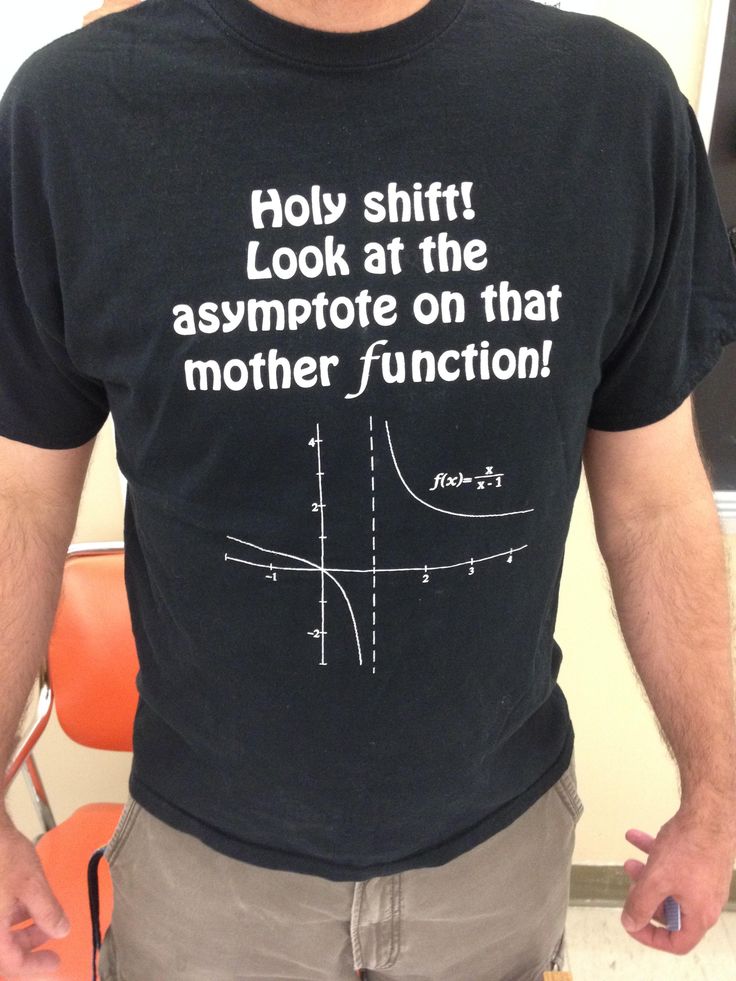 At some point, you just know it fluently from memory. You memorize the idea that you simply add exponents—those little superscript numbers—when multiplying numbers that have the same base (104 x 105 = 109). If you use the procedure a lot, by doing many different types of problems, you will find that you understand both the why and the how behind the procedure very well indeed. The greater understanding results from the fact that your mind constructed the patterns of meaning. Continually focusing on understanding itself actually gets in the way.
At some point, you just know it fluently from memory. You memorize the idea that you simply add exponents—those little superscript numbers—when multiplying numbers that have the same base (104 x 105 = 109). If you use the procedure a lot, by doing many different types of problems, you will find that you understand both the why and the how behind the procedure very well indeed. The greater understanding results from the fact that your mind constructed the patterns of meaning. Continually focusing on understanding itself actually gets in the way.
I learned these things about math and the process of learning not in the K-12 classroom but in the course of my life, as a kid who grew up reading Madeleine L’Engle and Dostoyevsky, who went on to study language at one of the world’s leading language institutes, and then to make the dramatic shift to become a professor of engineering.
As a young woman with a yen for learning language and no money or skills to speak of, I couldn’t afford to go to college (college loans weren’t then in the picture). So I launched directly from high school into the Army. I had loved learning new languages in high school, and the Army seemed to be a place where people could actually get paid for their language study, even as they attended the top-ranked Defense Language Institute—a place that had made language- learning a science. I chose Russian because it was very different from English, but not so difficult that I could study it for a lifetime only to perhaps gain the fluency of a 4-year-old. Besides, the Iron Curtain was mysteriously appealing—could I somehow use my knowledge of Russian to peer behind it?
So I launched directly from high school into the Army. I had loved learning new languages in high school, and the Army seemed to be a place where people could actually get paid for their language study, even as they attended the top-ranked Defense Language Institute—a place that had made language- learning a science. I chose Russian because it was very different from English, but not so difficult that I could study it for a lifetime only to perhaps gain the fluency of a 4-year-old. Besides, the Iron Curtain was mysteriously appealing—could I somehow use my knowledge of Russian to peer behind it?
After leaving the service, I became a translator for the Russians on Soviet trawlers on the Bering Sea. Working for the Russians was fun and engrossing—but it was also a superficially glamorous form of migrant work. You go to sea during fishing season, make a decent salary while getting drunk all the time, then go back to port when the season’s over and hope they’ll rehire you next year. There was pretty much only one other alternative for a Russian language speaker—working for the National Security Agency. (My Army contacts kept pointing me that way, but it wasn’t for me.)
(My Army contacts kept pointing me that way, but it wasn’t for me.)
I began to realize that while knowing another language was nice, it was also a skill with limited opportunities and potential. People weren’t pounding down my door looking for my Russian declension abilities. Unless, that is, I was willing to put up with seasickness and sporadic malnutrition out on stinking trawlers in the middle of the Bering Sea. I couldn’t help but reflect back on the West Point-trained engineers I’d worked with in the Army. Their mathematically and scientifically based approach to problem-solving was clearly useful for the real world—far more useful than my youthful misadventures with math had been able to imagine.
So, at age 26, as I was leaving the Army and casting about for fresh opportunities, it occurred to me: If I really wanted to try something new, why not tackle something that could open a whole world of new perspectives for me? Something like engineering? That meant I would be trying to learn another very different language—the language of calculus.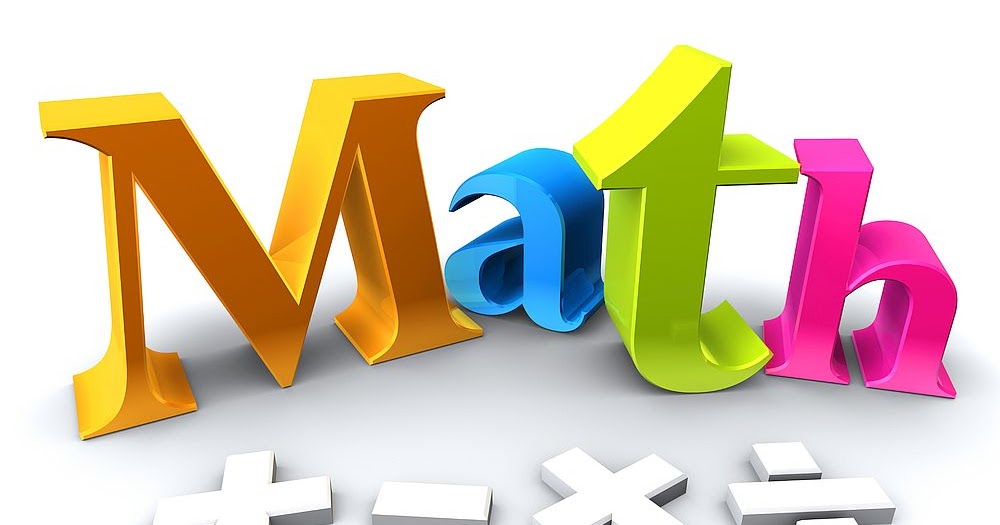
You go to sea during fishing season, make a decent salary while getting drunk all the time, then go back to port when the season’s over.
With my poor understanding of even the simplest math, my post-Army retraining efforts began with not-for-credit remedial algebra and trigonometry. This was way below mathematical ground zero for most college students. Trying to reprogram my brain sometimes seemed like a ridiculous idea—especially when I looked at the fresh young faces of my younger classmates and realized that many of them had already dropped their hard math and science classes—and here I was heading right for them. But in my case, from my experience becoming fluent in Russian as an adult, I suspected—or maybe I just hoped—that there might be aspects to language learning that I might apply to learning in math and science.
What I had done in learning Russian was to emphasize not just understanding of the language, but fluency. Fluency of something whole like a language requires a kind of familiarity that only repeated and varied interaction with the parts can develop.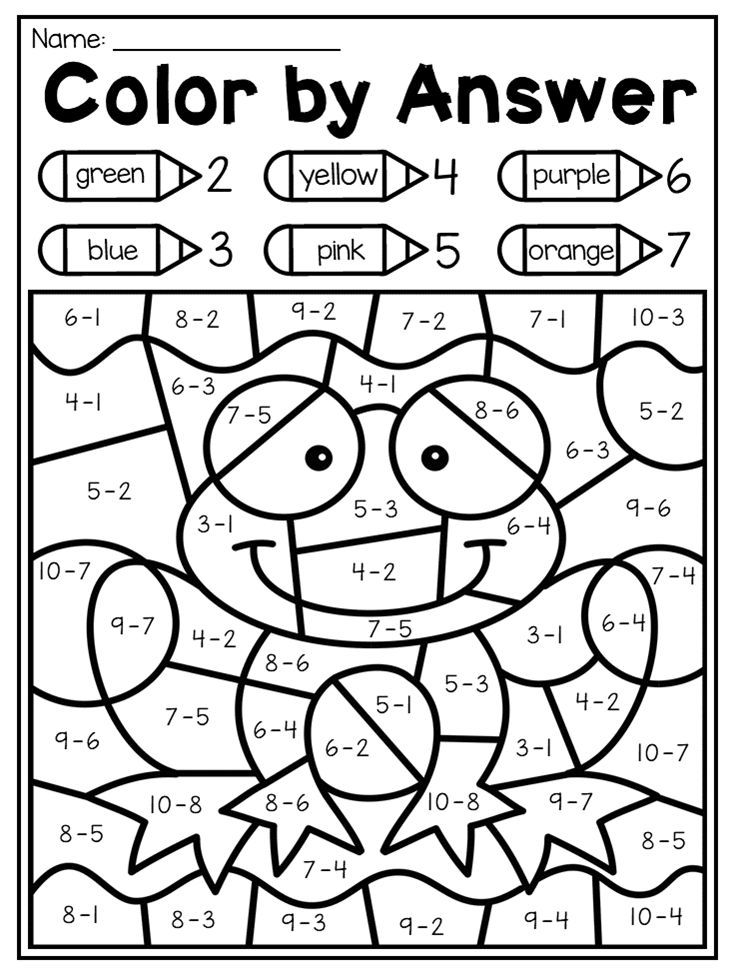 Where my language classmates had often been content to concentrate on simply understanding Russian they heard or read, I instead tried to gain an internalized, deep-rooted fluency with the words and language structure. I wouldn’t just be satisfied to know that понимать meant “to understand.” I’d practice with the verb—putting it through its paces by conjugating it repeatedly with all sorts of tenses, and then moving on to putting it into sentences, and then finally to understanding not only when to use this form of the verb, but also when not to use it. I practiced recalling all these aspects and variations quickly. After all, through practice, you can understand and translate dozens—even thousands— of words in another language. But if you aren’t fluent, when someone throws a bunch of words at you quickly, as with normal speaking (which always sounds horrifically fast when you’re learning a new language), you have no idea what they’re actually saying, even though technically you understand all the component words and structure.
Where my language classmates had often been content to concentrate on simply understanding Russian they heard or read, I instead tried to gain an internalized, deep-rooted fluency with the words and language structure. I wouldn’t just be satisfied to know that понимать meant “to understand.” I’d practice with the verb—putting it through its paces by conjugating it repeatedly with all sorts of tenses, and then moving on to putting it into sentences, and then finally to understanding not only when to use this form of the verb, but also when not to use it. I practiced recalling all these aspects and variations quickly. After all, through practice, you can understand and translate dozens—even thousands— of words in another language. But if you aren’t fluent, when someone throws a bunch of words at you quickly, as with normal speaking (which always sounds horrifically fast when you’re learning a new language), you have no idea what they’re actually saying, even though technically you understand all the component words and structure.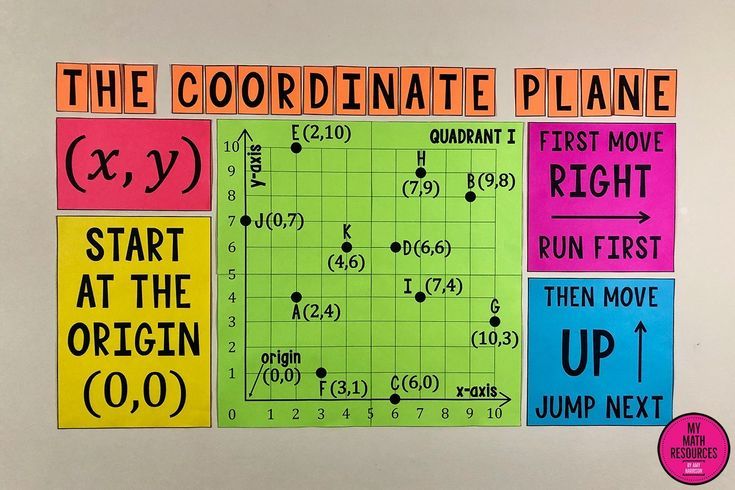 And you certainly can’t speak quickly enough yourself for native speakers to find it enjoyable to listen to you.
And you certainly can’t speak quickly enough yourself for native speakers to find it enjoyable to listen to you.
This approach—which focused on fluency instead of simple understanding—put me at the top of the class. And I didn’t realize it then, but this approach to learning language had given me an intuitive understanding of a fundamental core of learning and the development of expertise—chunking.
Chunking was originally conceptualized in the groundbreaking work of Herbert Simon in his analysis of chess—chunks were envisioned as the varying neural counterparts of different chess patterns. Gradually, neuroscientists came to realize that experts such as chess grand masters are experts because they have stored thousands of chunks of knowledge about their area of expertise in their long-term memory. Chess masters, for example, can recall tens of thousands of different chess patterns. Whatever the discipline, experts can call up to consciousness one or several of these well-knit-together, chunked neural subroutines to analyze and react to a new learning situation. This level of true understanding, and ability to use that understanding in new situations, comes only with the kind of rigor and familiarity that repetition, memorization, and practice can foster.
This level of true understanding, and ability to use that understanding in new situations, comes only with the kind of rigor and familiarity that repetition, memorization, and practice can foster.
As studies of chess masters, emergency room physicians, and fighter pilots have shown, in times of critical stress, conscious analysis of a situation is replaced by quick, subconscious processing as these experts rapidly draw on their deeply ingrained repertoire of neural subroutines—chunks. At some point, self-consciously “understanding” why you do what you do just slows you down and interrupts flow, resulting in worse decisions. When I felt intuitively that there might be a connection between learning a new language and learning mathematics, I was right. Day-by-day, sustained practice of Russian fired and wired together my neural circuits, and I gradually began to knit together chunks of Slavic insight that I could call into working memory with ease. By interleaving my learning—in other words, practicing so that I knew not only when to use that word, but when not to use it, or to use a different variant of it—I was actually using the same approaches that expert practitioners use to learn in math and science.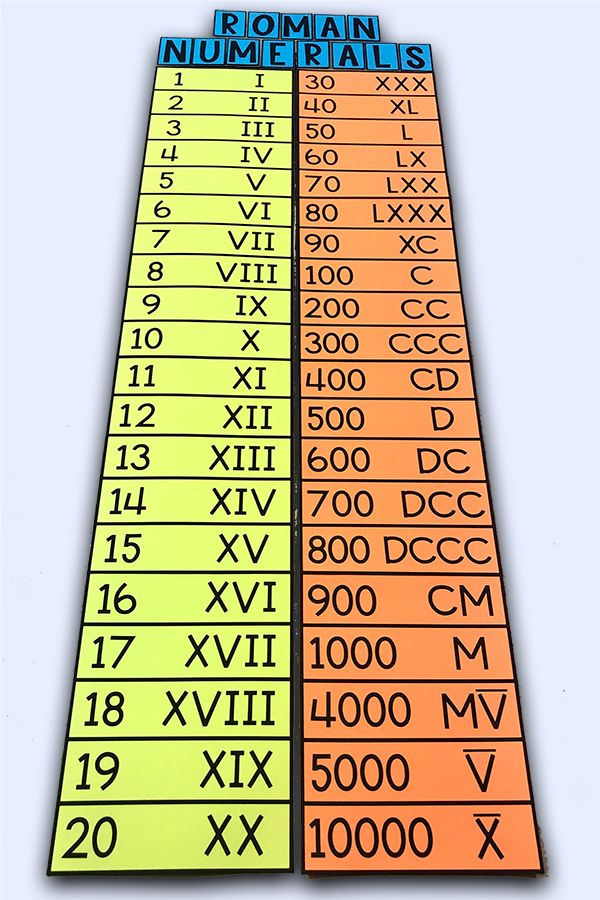
When learning math and engineering as an adult, I began by using the same strategy I’d used to learn language. I’d look at an equation, to take a very simple example, Newton’s second law of f = ma. I practiced feeling what each of the letters meant—f for force was a push, m for mass was a kind of weighty resistance to my push, and a was the exhilarating feeling of acceleration. (The equivalent in Russian was learning to physically sound out the letters of the Cyrillic alphabet.) I memorized the equation so I could carry it around with me in my head and play with it. If m and a were big numbers, what did that do to f when I pushed it through the equation? If f was big and a was small, what did that do to m? How did the units match on each side? Playing with the equation was like conjugating a verb. I was beginning to intuit that the sparse outlines of the equation were like a metaphorical poem, with all sorts of beautiful symbolic representations embedded within it. Although I wouldn’t have put it that way at the time, the truth was that to learn math and science well, I had to slowly, day by day, build solid neural “chunked” subroutines—such as surrounding the simple equation f = ma—that I could easily call to mind from long term memory, much as I’d done with Russian.
Although I wouldn’t have put it that way at the time, the truth was that to learn math and science well, I had to slowly, day by day, build solid neural “chunked” subroutines—such as surrounding the simple equation f = ma—that I could easily call to mind from long term memory, much as I’d done with Russian.
Time after time, professors in mathematics and the sciences have told me that building well-ingrained chunks of expertise through practice and repetition was absolutely vital to their success. Understanding doesn’t build fluency; instead, fluency builds understanding. In fact, I believe that true understanding of a complex subject comes only from fluency.
In other words, in science and math education in particular, it’s easy to slip into teaching methods that emphasize understanding and that avoid the sometimes painful repetition and practice that underlie fluency. I learned Russian not just by understanding it—understanding, after all, is facile, and can easily slip away. (What did that word понимать mean?) I learned Russian by gaining fluency through practice, repetition, and rote learning—but rote learning that emphasized the ability to think flexibly and quickly. I learned math and science by applying precisely those same ideas. Language, math, and science, as with almost all areas of human expertise, draw on the same reservoir of brain mechanisms.
(What did that word понимать mean?) I learned Russian by gaining fluency through practice, repetition, and rote learning—but rote learning that emphasized the ability to think flexibly and quickly. I learned math and science by applying precisely those same ideas. Language, math, and science, as with almost all areas of human expertise, draw on the same reservoir of brain mechanisms.
As I forayed into a new life, becoming an electrical engineer and, eventually, a professor of engineering, I left the Russian language behind. But 25 years after I’d last raised an inebriated glass on the Soviet trawlers, my family and I decided to take the trans-Siberian railway across Russia. Although I was excited to take the long-dreamed-of trip, I was also worried. I’d barely uttered a word of Russian in all that time. What if I’d lost it all? What had those years of gaining fluency really bought me?
Sure enough, when we first got on the train, I spoke Russian like a 2-year-old. I’d grasp for words, my declensions and conjugations were all wrong, and my formerly near-perfect accent sounded dreadful.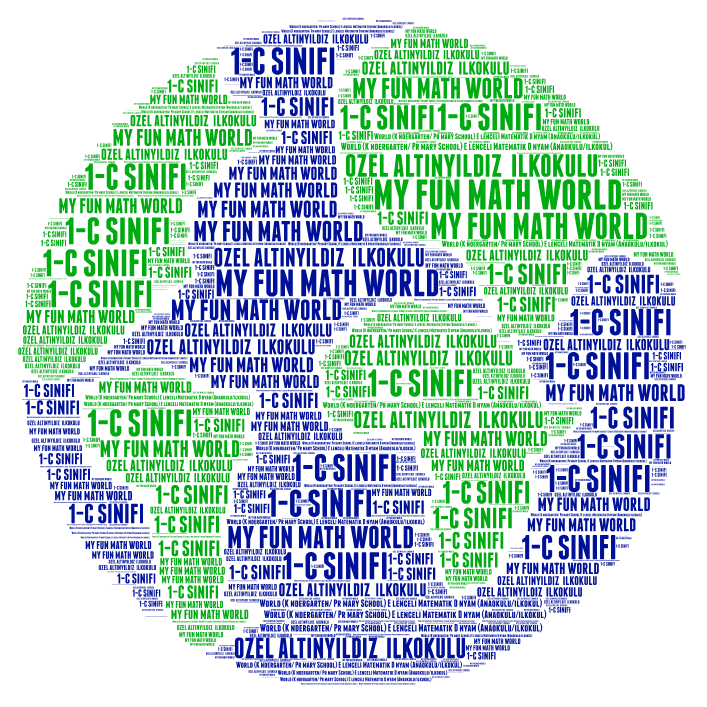 But the foundation was there, and day by day, my Russian improved. And even with my rudimentary Russian, I could handle the day-to-day needs of our traveling. Soon, tour guides were coming to me for help translating for the other passengers. When we finally arrived in Moscow, we hopped in a taxi. The driver, I soon discovered, was intent on ripping us off—heading directly the wrong way and trapping us in a logjam of cars, where he expected us ignorant foreigners to quietly acquiesce to an unnecessary extra hour of meter time. Suddenly, Russian words I hadn’t spoken for decades flew from my mouth. I hadn’t even consciously known I knew those words.
But the foundation was there, and day by day, my Russian improved. And even with my rudimentary Russian, I could handle the day-to-day needs of our traveling. Soon, tour guides were coming to me for help translating for the other passengers. When we finally arrived in Moscow, we hopped in a taxi. The driver, I soon discovered, was intent on ripping us off—heading directly the wrong way and trapping us in a logjam of cars, where he expected us ignorant foreigners to quietly acquiesce to an unnecessary extra hour of meter time. Suddenly, Russian words I hadn’t spoken for decades flew from my mouth. I hadn’t even consciously known I knew those words.
Underneath it all, when it was needed, the fluency was there—and it quickly got us out of trouble (and into another taxi). Fluency allows understanding to become embedded, emerging when needed.
As I look today at the shortage of science and math majors in this country, and our current trend in how we teach people to learn, and as I reflect on my own pathway, knowing what I know now about the brain, it occurs to me that we can do better. As parents and teachers, we can use simple, accessible methods for deepening understanding and making it useful and flexible. We can encourage others and ourselves to try new disciplines that we thought were too hard—math, dance, physics, language, chemistry, music—opening new worlds for ourselves and others.
As parents and teachers, we can use simple, accessible methods for deepening understanding and making it useful and flexible. We can encourage others and ourselves to try new disciplines that we thought were too hard—math, dance, physics, language, chemistry, music—opening new worlds for ourselves and others.
As I discovered, having a basic, deep-seated fluency in math and science—not just an “understanding,” is critical. It opens doors for many of life’s most intriguing jobs. Looking back, I realize that I didn’t have to just blindly follow my initial inclinations and passions. The “fluency” part of me that loved literature and language was also the same part of me that ultimately fell in love with math and science—and transformed and enriched my life.
Barbara Oakley is a professor of engineering at Oakland University, Rochester, Michigan, and the author of, most recently, A Mind for Numbers: How to Excel at Math and Science (Even If
You Flunked Algebra). She is also co-instructor, with Terrence Sejnowski, the Francis Crick Professor at the Salk Institute, of one of the world’s largest online courses, “Learning How to Learn,” with Coursera.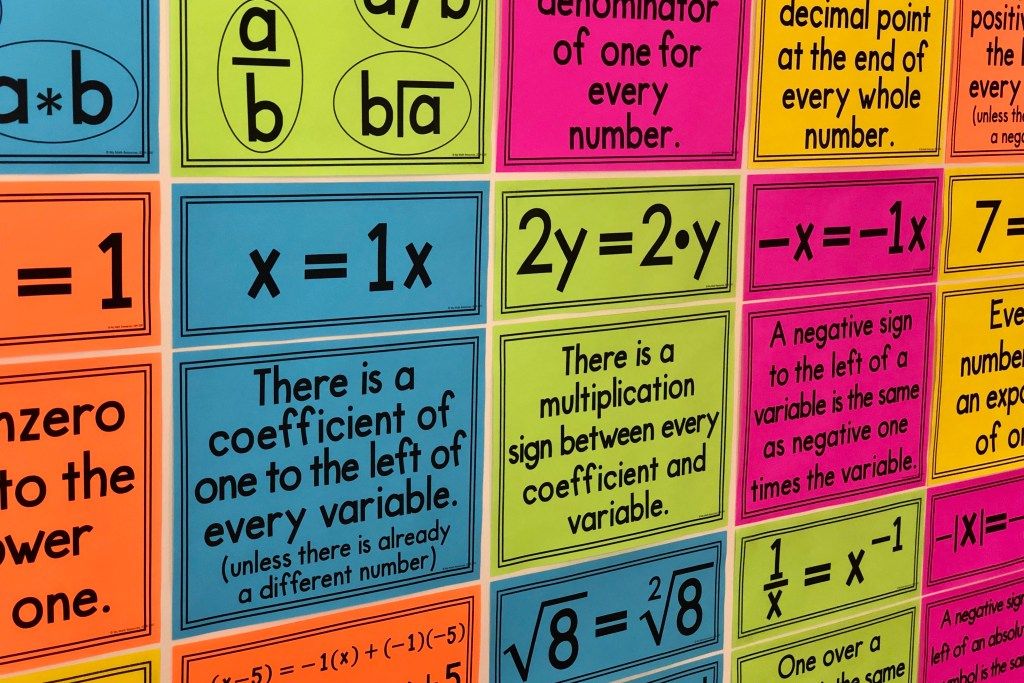
This article was originally published in our “Big Bangs” issue in September, 2014.
Get the Nautilus newsletter
The newest and most popular articles delivered right to your inbox!
Моя математическая академия – Age of Learning School Solutions
Моя математическая академия решает самую большую проблему, с которой сталкиваются преподаватели в обучении математике — тот факт, что у каждого учащегося разные учебные потребности — путем предоставления полностью индивидуальной, увлекательной программы, которая постоянно оценивает и адаптирует
по мере продвижения учащихся.
Учащиеся изучают фундаментальные математические понятия и навыки с помощью подхода, основанного на мастерстве, который включает обратную связь и содержательную практику:
- Count Sequence, Forward and Backwards
- Cardinality
- One-to-One Correspondence
- Skip Counting
- Comparing Quantities
- Ordering Numbers
- Part- Отношения часть-целое
- Принципы сложения и вычитания
- Стратегии сложения и вычитания однозначных чисел
- Свободное владение математическими фактами
- Разрядное значение
- Стратегии двух- и трехзначного сложения и вычитания
- Перегруппировка4
Ставим учащихся в центр обучения
Моя математическая академия предлагает игровой подход к обучению, который обеспечивает интерактивность, адаптивные задачи и постоянную обратную связь для поддержания вовлеченности и мотивации .

Интерактивные, гибкие формативные тесты помещают учащихся в программу в несколько раз быстрее, чем традиционные вступительные тесты, оставляя на больше времени для обучения .
Непрерывное встроенное оценивание предназначено для того, чтобы удерживать учащихся в их Зоне ближайшего развития , с достаточным количеством продуктивной борьбы для максимизации обучения.
Узнать больше >
Анализ данных для действий
Информационные панели предоставляют подробные данные о каждом учащемся, помогая учителям и администраторам сосредоточиться на самом важном: успеваемости учащихся.
Простые в использовании информационные панели данных в режиме реального времени позволяют учителям и администраторам отслеживать прогресс на уровне учащихся, классов и даже школ. Но агрегированные данные обучения — это только начало. Решение Age of Learning для управления предприятием (EMS) делает эти данные действенными.

Узнать больше >
Вовлечение для повышения эффективности
Персонализированные, адаптивные учебные задания в My Math Academy перенесены в мир Shapeys, привлекательных, красочных персонажей, которые действуют как проводники и цифровые манипуляторы.
Дети любят помогать Шейпи использовать математику для решения задач. Когда каждое учебное задание контекстуализировано в одной из многих сред — цирке, аркаде, продуктовом магазине, пиратском острове и т. д., — дети узнают не только о том, как заниматься математикой, но и о том, почему это такой полезный предмет для обучения. знать.
«Похоже, детям очень, очень нравится. Поэтому большинство учителей каждый день выделяют время для работы над ним. . . . чтобы поразить 45 минут в неделю. Так и с тем временем. . . это почти как награда для детей, потому что они с нетерпением ждут этого. . . . Я не видел другого приложения или программы, которая также объясняла бы эту концепцию, причем по-разному».

— Директор округа, дошкольное образование
«Я заметил, что мои ученики очень взволнованы. У меня не было ни одного ученика, который не хотел бы идти в Мою математическую академию. Так что я бы сказал, что это замечательная программа. Это улучшило их математические навыки… Мои ученики… отлично провели учебный год по математике. Мои ученики с нетерпением ждут Моей математической академии… она принесла в класс немного солнечного света».
—Учитель начальных классов
«Мне нравится контент. Я люблю учебную программу. Это так соответствует возрасту. Я люблю маленьких Шейпи, [и] мне нравится то, что они делают. Дети думают, что они играют в игру. Они действительно счастливы и хотят этого добиться. Мне нравится, что это так адаптивно к их собственному пути. . . Я видел студента, [который] считал сеты, тогда как другие просто делали от 1 до 5. [Это] происходит по-разному в зависимости от их понимания. . . Моя математическая академия закрывает пробелы».

—Учитель начальной школы
«Честно говоря, как только я принесла [Мою математическую академию] в свой класс, я увидела, как изменились мои дети. . . это действительно помогло им. Хотите верьте, хотите нет, но мне звонили родители и благодарили меня за то, что я могу использовать его летом. . . Я сказал им, что это не я, это программа. . ».
— Учитель начальных классов
Расширение возможностей учителей и семей
с помощью стратегий, основанных на фактических данныхMy Math Academy помогает учителям создать для учащихся гибкую и адаптивную учебную среду.
Учителя и администраторы получают доступ к информационным панелям, которые предоставляют данные в режиме реального времени для принятия решений об отдельных учащихся, классах и целых школах. Ресурсы для профессионального развития поддерживают быстрое и беспрепятственное внедрение с точностью для учителей и администраторов.

Семьи и опекуны получают доступ к Семейному порталу, чтобы быть в курсе успеваемости своего ребенка. Кроме того, они могут найти идеи и материалы для занятий дома, которые укрепляют понятия и навыки, которым обучают в школах , чтобы помочь ребенку связать обучение с жизнью.
Учебные ресурсы , основанные на научных исследованиях и исследованиях, обеспечивают полностью индивидуализированных пути обучения для каждого учащегося t, а также целевое обучение в малых группах и дополнительные обучающие мероприятия на дому.
Узнать больше >
Проверено на практике
Моя математическая академия была предметом нескольких рандомизированных контролируемых испытаний (РКИ) с участием более 2000 учащихся, а также тематического исследования, проводившегося в течение всего года в масштабах округа. Результаты готовы.
Исследование, проведенное в округе Харлинген, штат Техас, показало, что учащиеся My Math Academy к концу учебного года с гораздо большей вероятностью овладели основными математическими навыками.

Исследование, проведенное в округе Харлинген, штат Техас, показало, что учащиеся My Math Academy к концу учебного года с гораздо большей вероятностью овладеют основными математическими навыками.
Узнать больше >
ESSA LEVEL 1, DIGITAL PROMISE и STEMWORKS CERTIFIED
Предназначен для расширения возможностей преподавателей. Создан, чтобы вдохновить изучающих математику.
Узнайте, как новейшее образовательное решение Age of Learning может помочь вывести преподавание математики на совершенно новый уровень эффективности в вашем классе, школе и округе.
App Store: My Math App — Карточки
Описание
Флэш-карточки для освоения основ — сложение, вычитание, умножение и деление, карточки с фактами
Приложение My Math предназначено для овладения элементарными математическими фактами. Это простое в использовании и настраиваемое приложение для целенаправленного обучения.

Некоторые из основных функций:
— Карточки сложения, вычитания, умножения и деления
— Случайно генерируемые флэш-карты
— Помощь
— Настроить, чтобы сосредоточиться на освоении определенного факта, такого как сложение на 2 или вычитание на 2.
— Простые звуковые эффекты для обратной связи
Несмотря на то, что дети могут использовать его при минимальном родительском контроле, некоторый контроль и поддержка всегда помогают им обрести уверенность и мотивацию.
Счастливого обучения..
Версия 2.0.0
Компания Apple обновила это приложение, и теперь на нем отображается значок Apple Watch.
Обновления пользовательского интерфейса и исправления ошибок для поддержки последней версии iOS и размеров экрана iPhone
Рейтинги и обзоры
66 оценок
Отличное приложение, но я его НЕНАВИЖУ
Я также НЕНАВИЖУ это, потому что, если ты испортишь это, НЕ СКАЖИ ВАМ ПРАВИЛЬНЫЙ ОТВЕТ!!!!!! Пожалуйста, прочтите это, это ооочень ВАЖНО
Окончательно! Приложение, которое учит
Мы пробовали 4 других приложения, прежде чем нашли это.
 У других было слишком много отвлекающих факторов, и они не сосредоточились на изучении правильных ответов, и вы можете выбрать, хотите ли вы сосредоточиться только на 1 номере. Замечательный ! Спасибо, что сделали то, что нужно этой маме.
У других было слишком много отвлекающих факторов, и они не сосредоточились на изучении правильных ответов, и вы можете выбрать, хотите ли вы сосредоточиться только на 1 номере. Замечательный ! Спасибо, что сделали то, что нужно этой маме.Отличное приложение 👌
Это приложение совершенно прямолинейно, и я могу отлично практиковать свои факты и без дополнительных прерываний
Разработчик, Power Math Apps LLC, не предоставил Apple подробностей о своей политике конфиденциальности и обработке данных. Для получения дополнительной информации см. политику конфиденциальности разработчика.
Сведения не предоставлены
Разработчик должен будет предоставить сведения о конфиденциальности при отправке следующего обновления приложения.
Информация
- Продавец
- ООО «Пауэр Математика»
- Размер


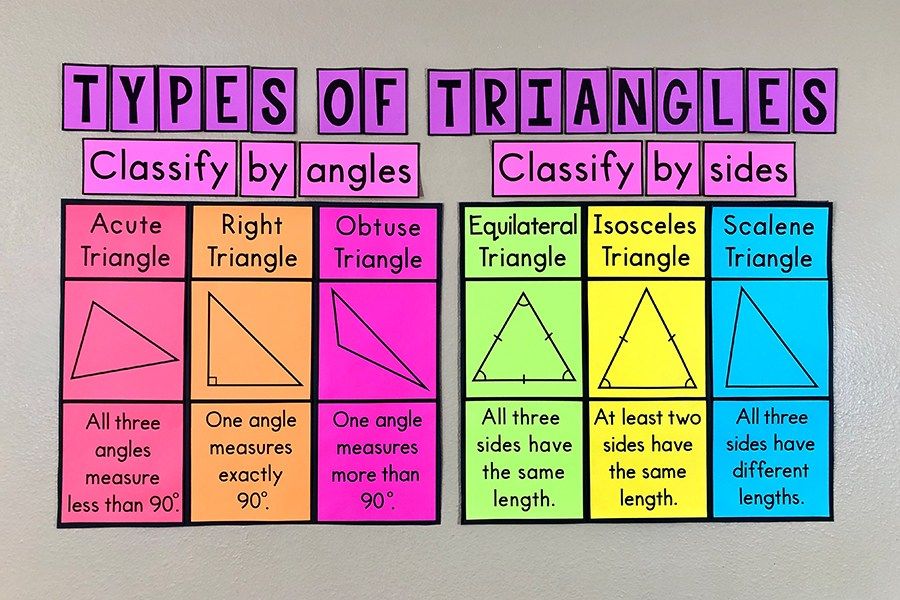
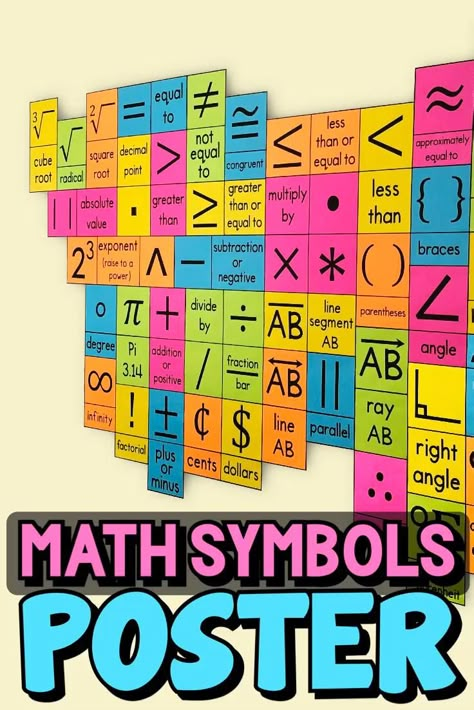


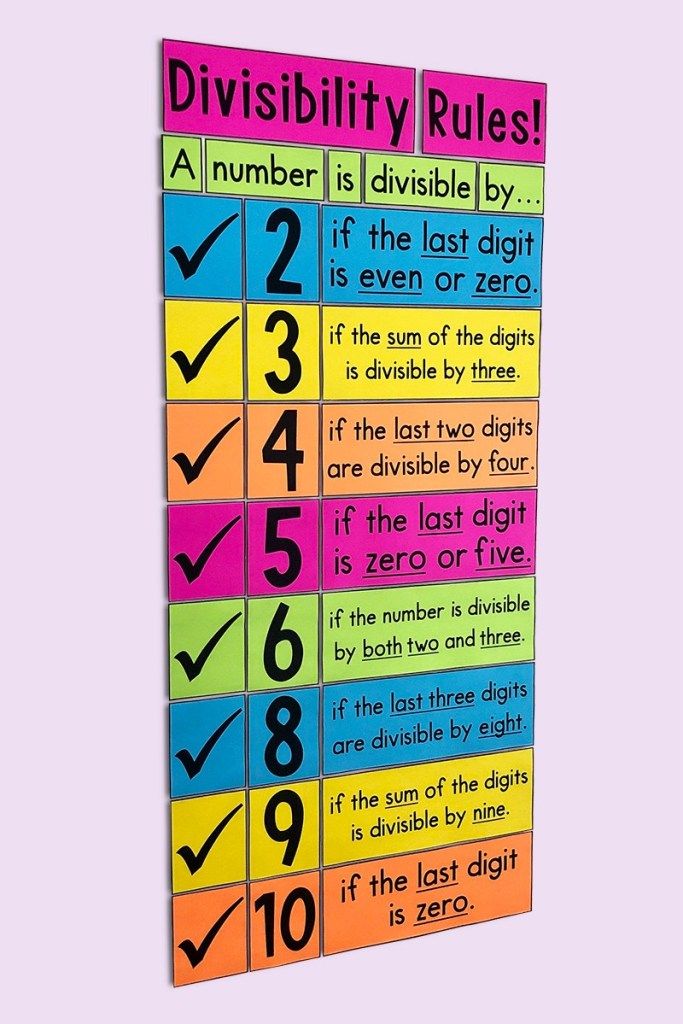
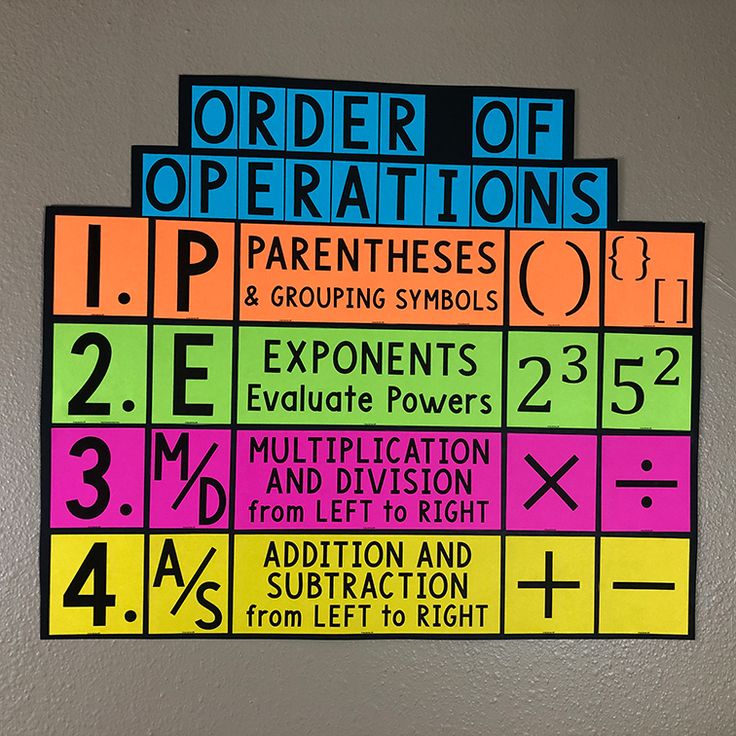
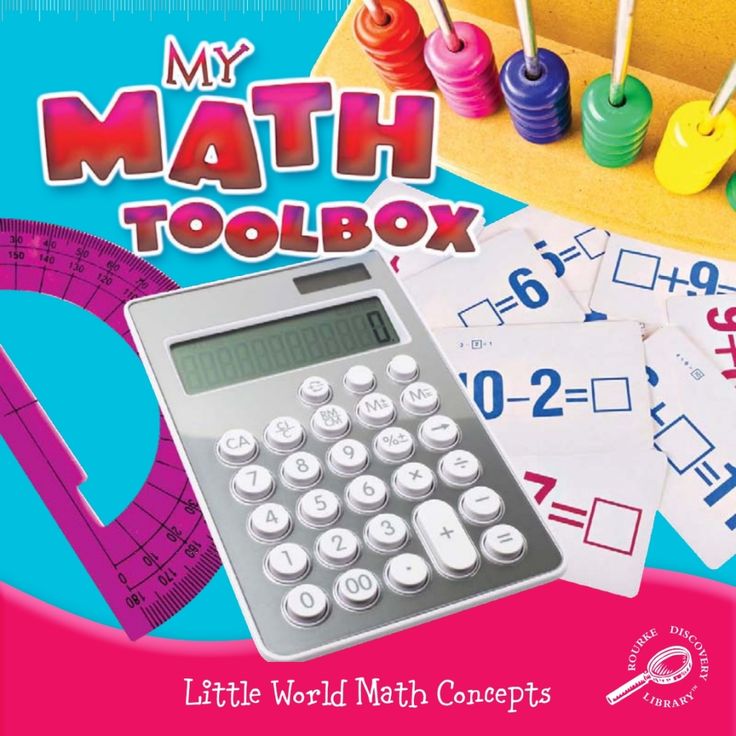 У других было слишком много отвлекающих факторов, и они не сосредоточились на изучении правильных ответов, и вы можете выбрать, хотите ли вы сосредоточиться только на 1 номере. Замечательный ! Спасибо, что сделали то, что нужно этой маме.
У других было слишком много отвлекающих факторов, и они не сосредоточились на изучении правильных ответов, и вы можете выбрать, хотите ли вы сосредоточиться только на 1 номере. Замечательный ! Спасибо, что сделали то, что нужно этой маме.